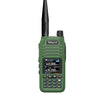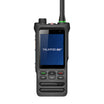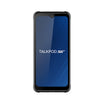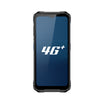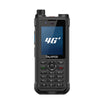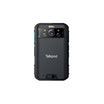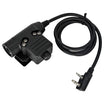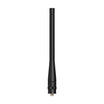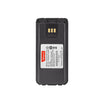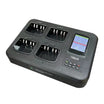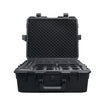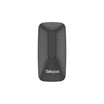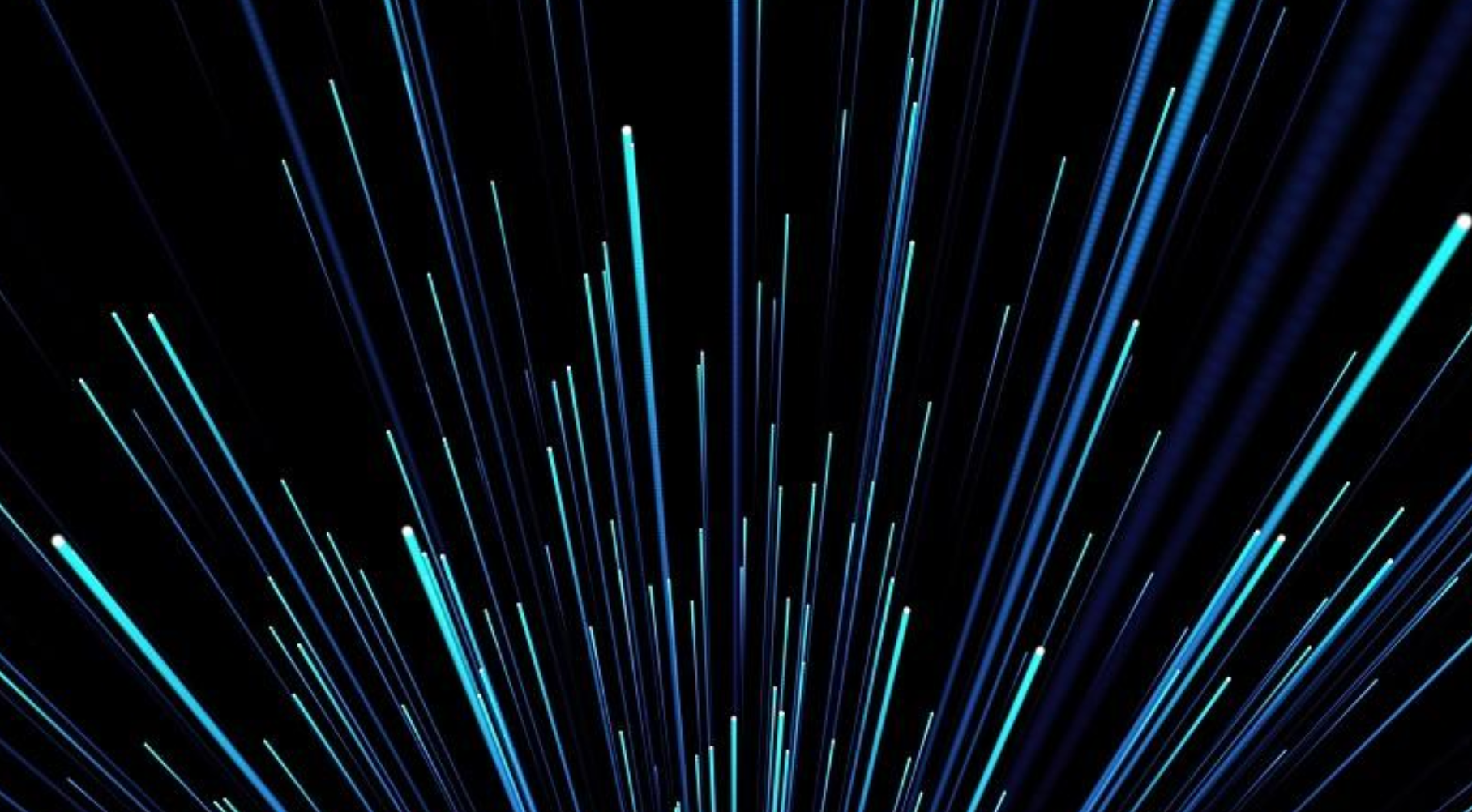As a user of Digital Mobile Radio (DMR), I've come to appreciate its unique ability to deliver backwards spectrum compatibility with legacy analogue systems. This feature has proven invaluable in ensuring seamless communication across diverse platforms and technologies.
One of the key advantages of DMR is its utilization of 12.5 kHz channels, which inherently facilitates spectrum compatibility with legacy analogue systems. This means that existing license holders can retain their licenses without the need for costly re-banding or re-licensing efforts.
In practical terms, this compatibility ensures that DMR users can maintain communication with their legacy analogue radios or with external organizations that rely on analogue systems. For example, if I need to coordinate with an onsite contractor who uses analogue radios, I can do so effortlessly without any compatibility issues.
This backwards spectrum compatibility is not only convenient but also cost-effective, as it eliminates the need for additional infrastructure upgrades or investments. Instead, DMR seamlessly integrates with existing systems, preserving investments in legacy equipment while enabling modern digital communication capabilities.
In conclusion, DMR's backwards spectrum compatibility serves as a testament to its versatility and adaptability in today's rapidly evolving communication landscape. Whether communicating with legacy analogue systems or transitioning to digital platforms, DMR ensures reliable connectivity and interoperability, making it an indispensable tool for businesses and organizations worldwide.








